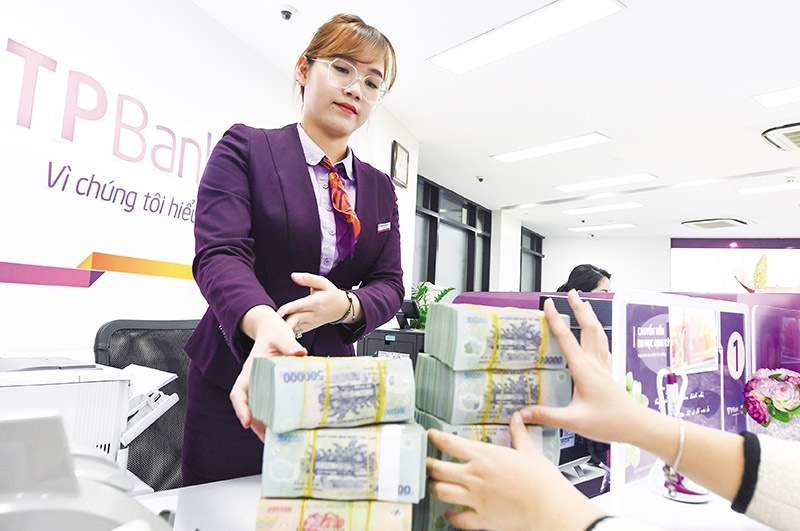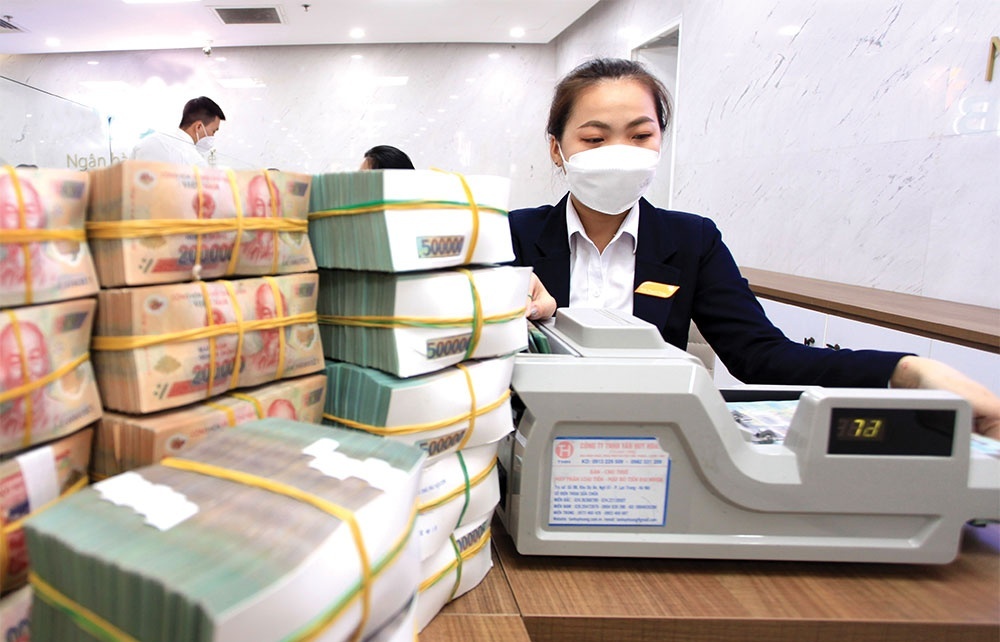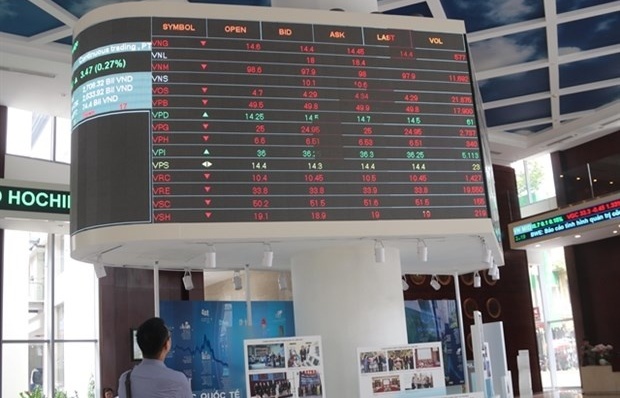Bullet fired at dollarisation
 According to Phi Dang Minh, State Bank’s (SBV) Foreign Exchange Management Department former deputy head, there is a need to revise current loose regulations on foreign currencies ownership of credit organisations as well as of business organisations and individuals in the Circular on Foreign Exchange.
According to Phi Dang Minh, State Bank’s (SBV) Foreign Exchange Management Department former deputy head, there is a need to revise current loose regulations on foreign currencies ownership of credit organisations as well as of business organisations and individuals in the Circular on Foreign Exchange.
The SBV reportedly is considering submitting the De-dollarisation Plan to the Politburo this late December. During the year, the State Bank has introduced diverse measures to encourage the de-dollarisation of the economy, which has generated initial results.
Accordingly, on March 8, the SBV enacted Circular 03/2012/TT-NHNN under which lending in foreign currencies to many corporate customers would be extended to end of 2012 at most.
After that date, banks would only lend in foreign currencies to corporate clients for products and services payment once the customers could prove their viable foreign currencies raising sources for repayment.
This was viewed by economic experts as a step towards eliminating lending in foreign currencies in the near future.
Alongside promulgating Circular 03, the SBV had pegged the ceiling dollar lending rate at a low 2 per cent per year and kept stable the dong-dollar exchange rate.
This has driven down foreign currencies’ speculation and a large volume of foreign currencies was converted into dong or flowed into more viable investment channels.
Statistics from the Ho Chi Minh City State Bank branch office show that in the year to end of November, both deposit and lending amounts in foreign currencies fell significantly year-on-year.
However, scores of firms assumed the regulation restricting foreign currencies lending should be held valid in several more years since the dong-denominated lending to import-export firms remains high at 12-13 per cent per year, which is double that of dollar lending.
Meanwhile, senior financial expert Dr. Le Xuan Nghia assumed firms would not be bothered in borrowing currency since in fact a number of banks offer import-export businesses just 10-11 per cent, and even 8-9 per cent per year dong lending rates.
Nghia also forecast that lending in foreign currencies would gradually be reduced and entirely removed by 2015 or 2016.
“For import-export firms, in the near term they may maintain payment account in foreign currency, but such account should be phased out shortly. Banks will use exchange rate tool for conversion when foreign currencies flow into customer accounts,” said Nghia.
What the stars mean:
★ Poor ★ ★ Promising ★★★ Good ★★★★ Very good ★★★★★ Exceptional
 Tag:
Tag:
Related Contents
Latest News
More News
- MB finalises strategy for acquisition of distressed bank (April 22, 2024 | 16:33)
- Vietnam central bank postpones gold bar auction (April 22, 2024 | 15:27)
- Benefits of pension funds must be incentivised (April 22, 2024 | 15:00)
- KRX trading system to begin official operation (April 22, 2024 | 14:09)
- Voluntary pensions to rejuvenate the sector (April 22, 2024 | 14:00)
- Gold market reforms paramount to stability (April 22, 2024 | 10:18)
- Loopholes continue to play part in rising NPL ratios (April 22, 2024 | 10:13)
- Techcombank scoops two Stevie Awards (April 19, 2024 | 18:35)
- SBV outlines restructuring plans for troubled SCB (April 19, 2024 | 18:27)
- Vietnam’s road to emerging market status (April 17, 2024 | 10:00)
























 Mobile Version
Mobile Version